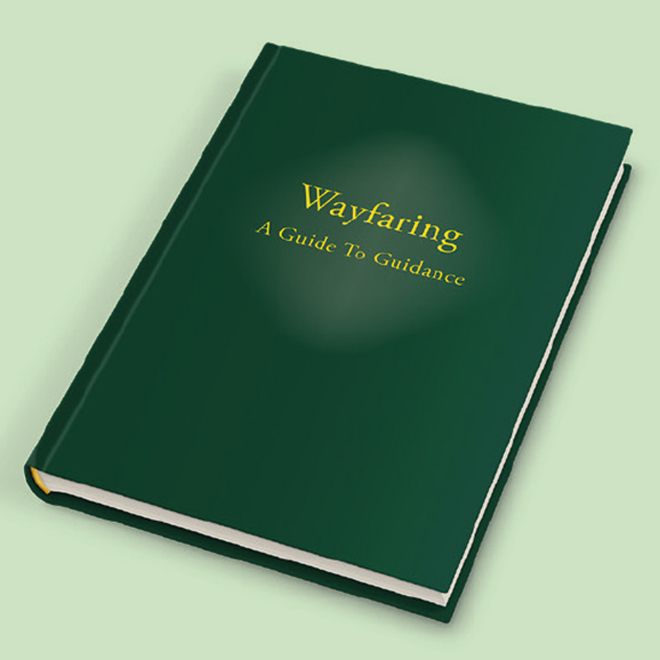‘My question is this: Are the truths of religion concrete – literal – or are they symbolic? If they are symbolic, what are they symbolic of exactly?’ Photo: by uve sanchez on Unsplash
A big ask: Neil Morgan’s Thought for the Week
‘As a psychiatrist, I would test a patient’s mental functioning by asking them for the meaning of a proverb.’
Here are three random associations – illustrations, if you like, followed by a question. These fell into my mind all at once.
